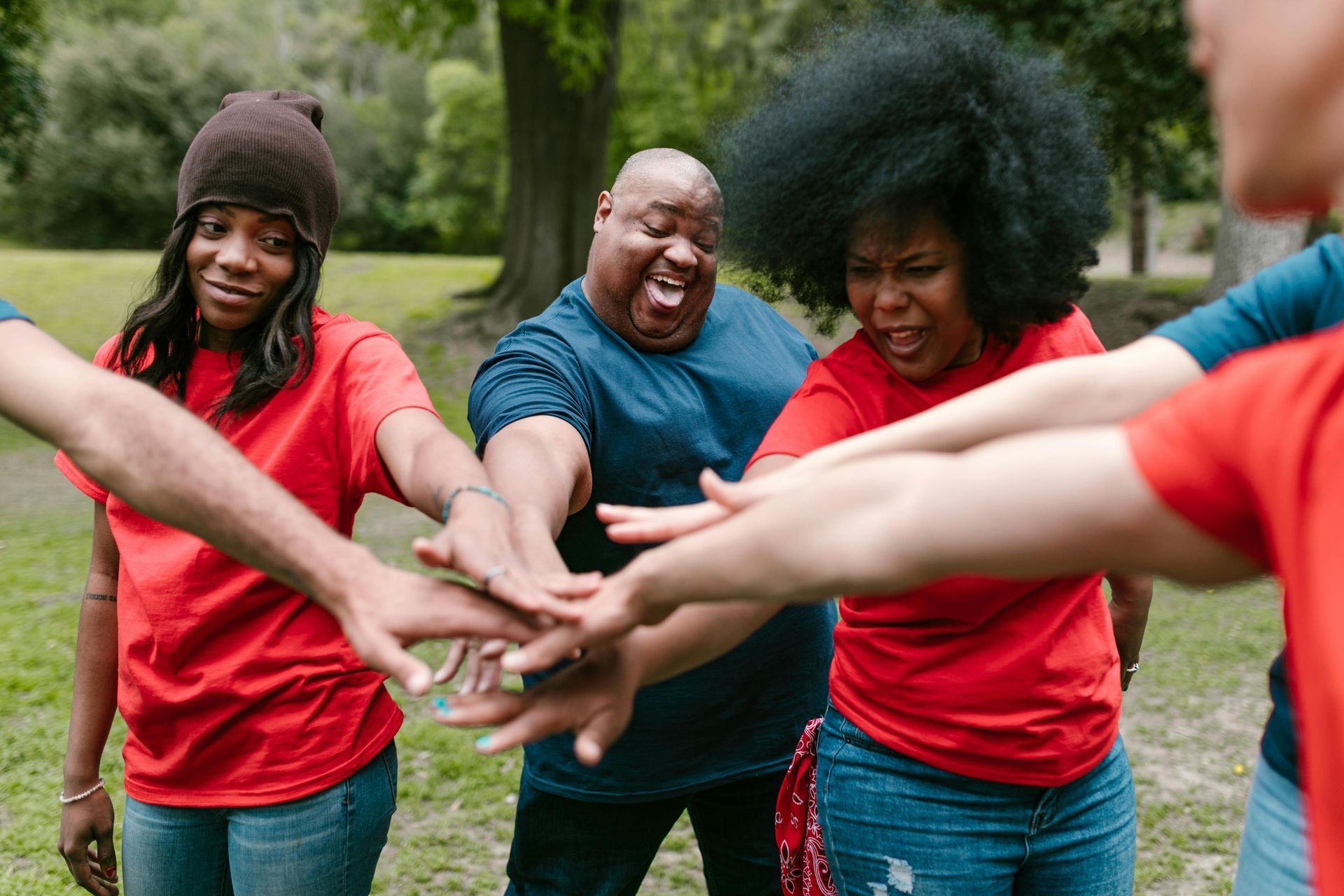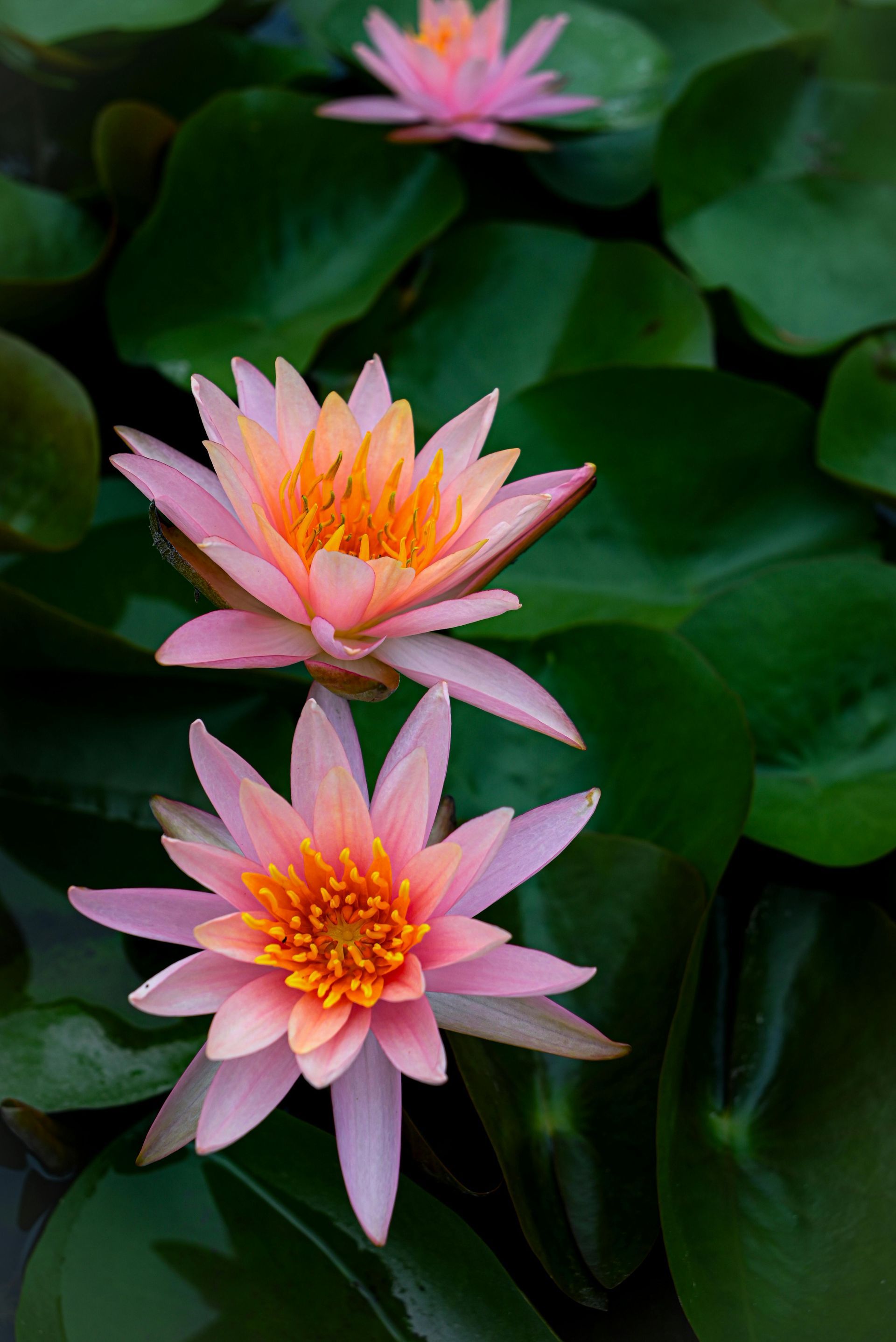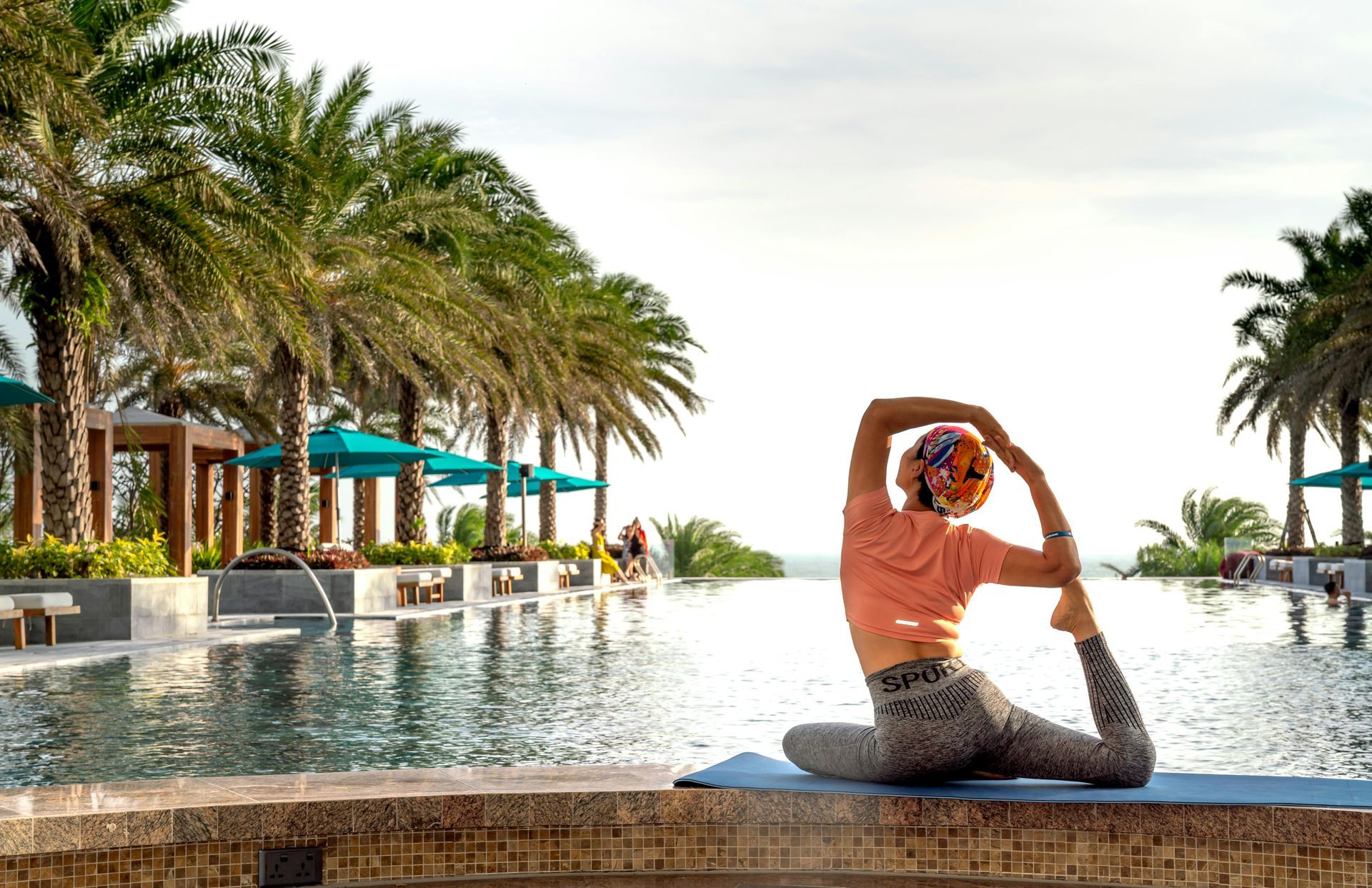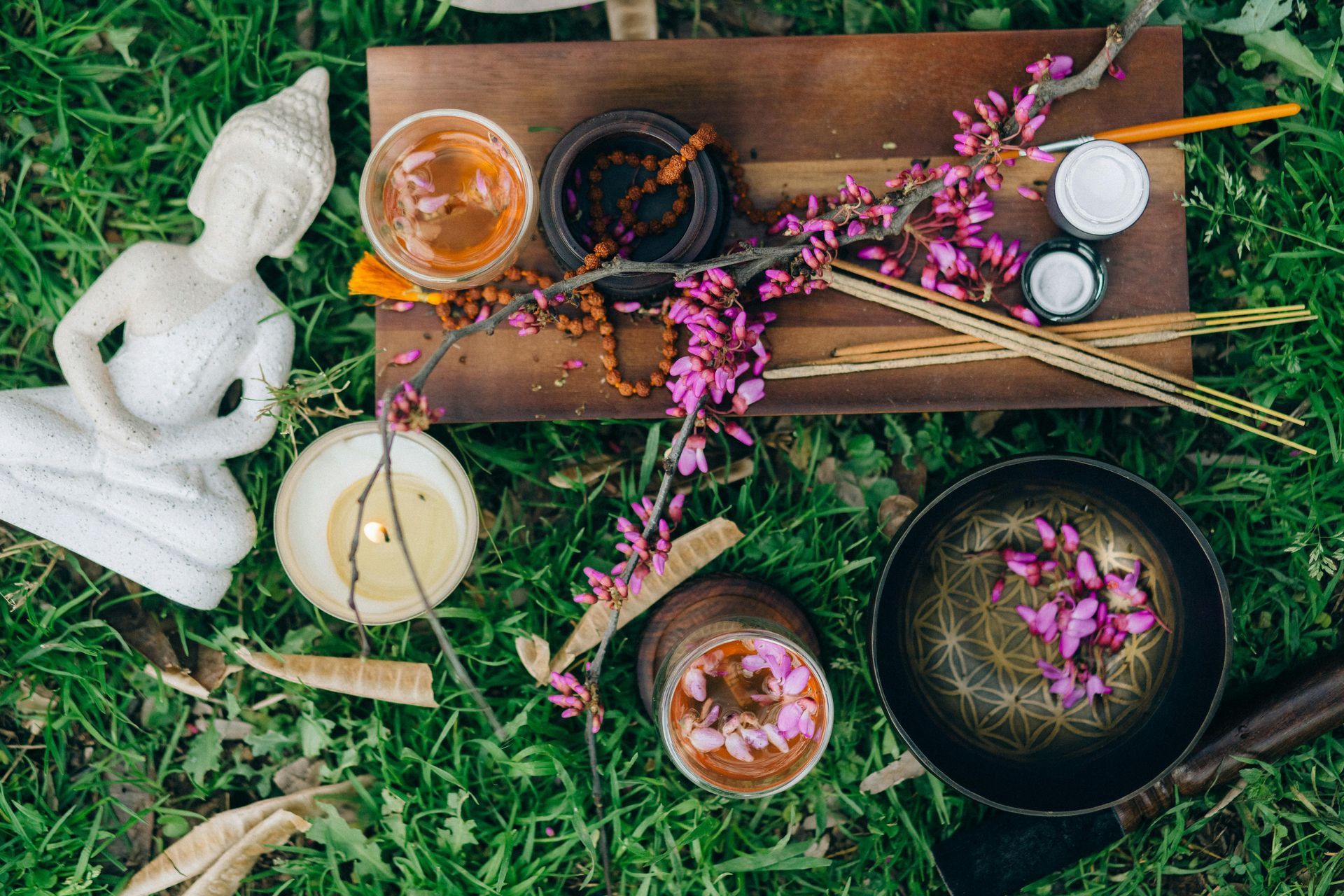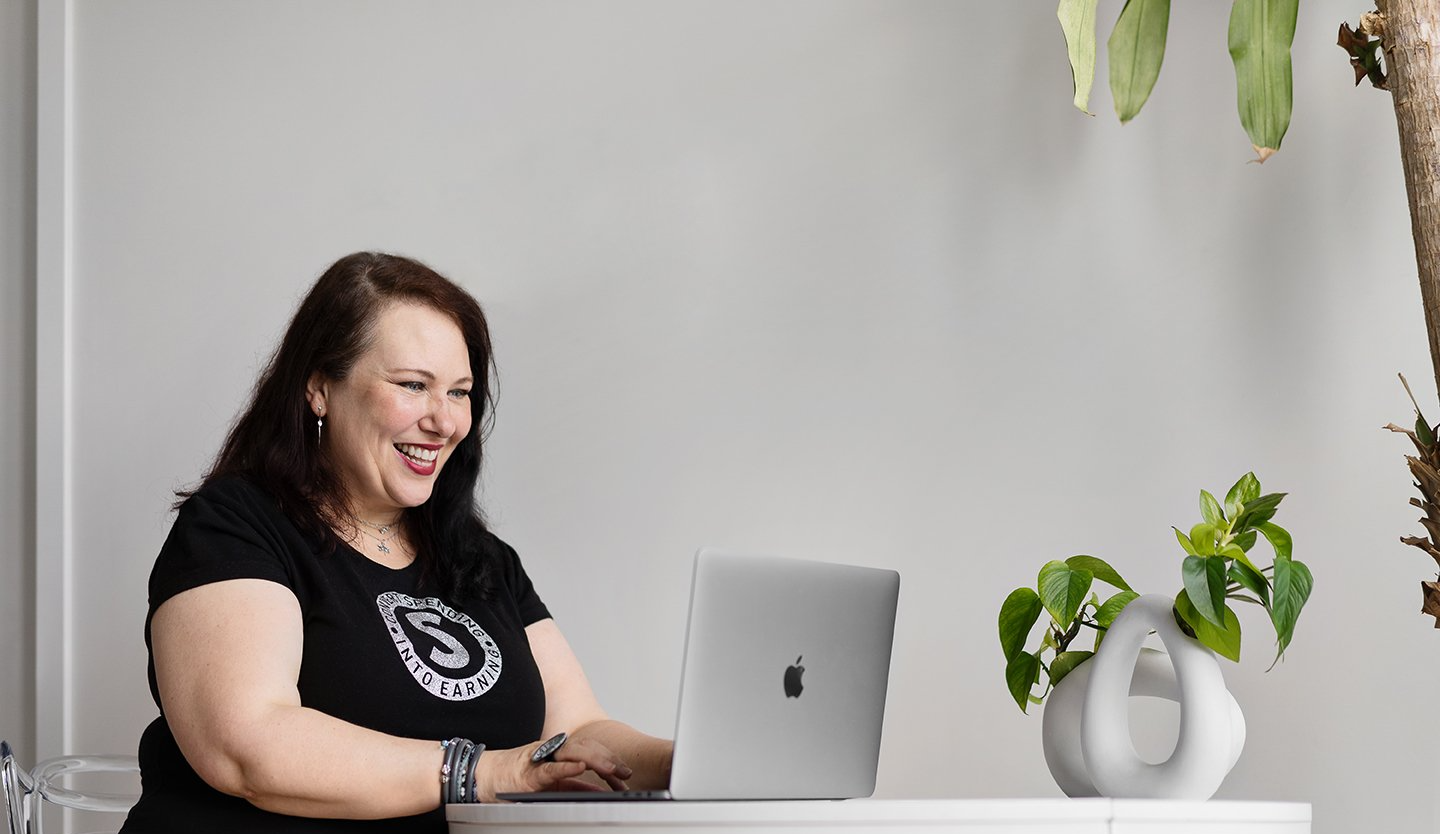15 ways to be more comfortable when you meditate

If you have trouble meditating it may not be your mind chatter that is getting in your way. If your body is tense, stressed, inflamed or tired it could impact your ability to get comfortable and stay that way for a period of time. This can really impact your ability to stay relaxed and in the clarity of mind to create the space for effective meditation.
Here are some steps you can take to prepare for your meditation, that can help make your session more effective and enjoyable.
- Stay active. Ugh. Aren’t you tired of being told to move your body more? Yea. Here it is again. Getting regular movement keeps your body supple and relaxed. You’re less likely to tense up and will enjoy more comfort head to toe when sitting in the same position for an extended period of time.
- Stretch It Out.
Warm ups and cool downs are not just for running or other exercise. They can really help your body stay pain-free when you are sitting still in a meditative pose.
- Eat light. I definitely don’t recommend pizza before a meditation session! LOL If you’re hungry, eat something light that will not put your digestive system into overdrive. Try drinking a glass of water instead of eating - if your meditation session is 10-20 minutes, it shouldn’t create too many hunger pains.
- Limit alcohol and caffeine. Depressants and stimulants affect both your body and mind. Take prescription medications as directed, but limit other substances that can make you foggy or jittery.
- Dress down. If you are taking a meditation break at work in the office, that’s one thing. But if you are in a place you can dress for the occasion then I recommend wearing comfortable stretchy clothes that aren’t too tight. Something you would sleep in, do yoga in or even have a lazy Saturday in.
Steps To Take During Your Meditation Session
- Scan your body. Start out by checking in with your body from head to foot. Breathe deeply through your nose. Become aware of any spots that are tense or uncomfortable. Imagine your breath is healing them.
- Minimize saliva. Our mouths produce saliva all the time but it can feel more conspicuous when you’re meditating. Pressing your tongue lightly against the roof of your mouth inhibits any excess.
- Rest your arms and hands. Bend your elbows and place your hands in your lap cupped together with the palms upturned. If you prefer, you can rest them at your sides.
- Lower your shoulders. Stress often shows up in raised shoulders. Gently lower them and press them back. This will bring your chest forward and make it easier to breathe deeply.
- Lift your head. Hold your head up and slightly forward. This will take pressure off your neck.
- Support your feet. Uncross your legs and place your feet flat on the floor if you’re sitting in a chair. If you’re sitting on the floor, center them in front of you.
- Relax your eyes. Avoid eye strain and visual distractions by softening your vision. You can close your eyes or keep the lids barely open. Allow yourself to remain aware of your general surroundings without honing in on any individual item.
- Shift positions.
It’s okay to move anytime you feel stiff or uneasy. Settle into a new position and resume your meditation. Retrace your recent thoughts if your attention gets pulled away temporarily.
- Get a chair. Unless you grew up in a monastery, sitting on the floor for long periods may be difficult at first. Pull up a chair. Pick a style with a flat seat and straight back that allows your feet to reach the floor.
- Walk around. Walking meditation is great for beginners or as a supplement to your seated practice. When your body needs a break from sitting, you can continue your thoughts as you pace indoors or out.
Staying fit and maintaining good posture will enrich your meditation practice. When your body is comfortable, you’ll be able to sit longer and experience fewer distractions as you develop greater peace of mind.
I Woke Up Awesome Blog

